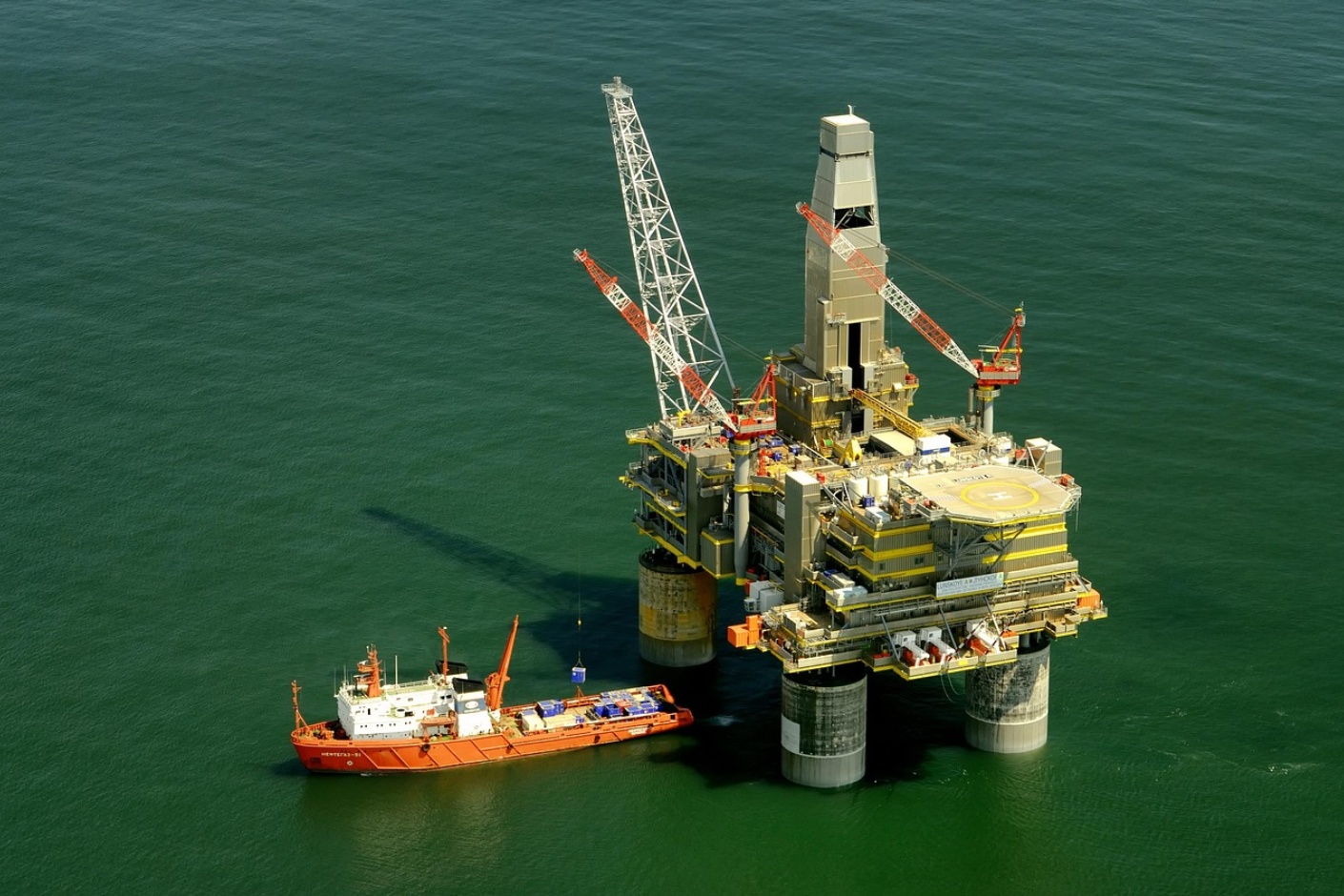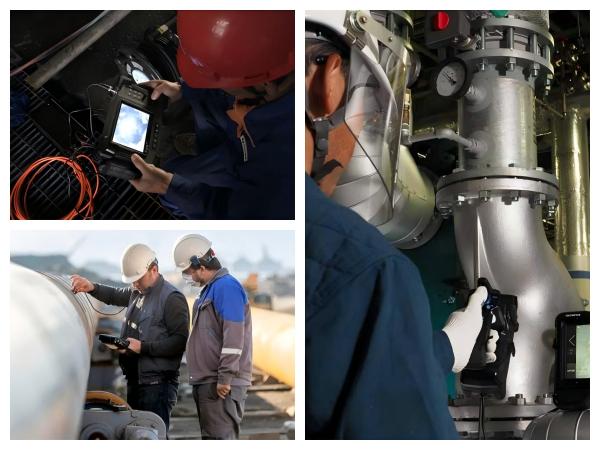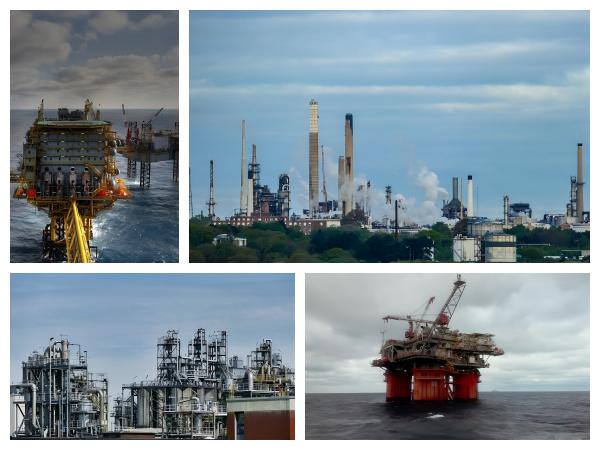What Are The Applications of Industrial Endoscope Lenses In The Petrochemical Industry?

As we all know, industrial endoscopes are important tools for inspecting the internal conditions of pipes, containers, equipment, etc. They are highly flexible and have a wide range of applications. In the petrochemical industry, industrial endoscopes and their lenses also play an important role.
The application of industrial endoscope lenses in the petrochemical industry is mainly reflected in the following aspects:
1.Inspection and maintenance of pipelines and equipment
In the petrochemical industry, equipment and pipeline interiors often require regular inspections to ensure safe and efficient operation. Industrial endoscope lenses can perform non-destructive testing on pipelines, storage tanks, pressure vessels, etc. in the chemical and petroleum industries. This inspection method, which eliminates the need to disassemble equipment, can effectively improve maintenance efficiency, reduce downtime, and lower operating costs.
For example, industrial video endoscopes can be used to inspect the interior of pipelines carrying high-temperature and high-pressure media, as well as those carrying flammable and explosive media, to identify issues such as welds, corrosion, blockages, and foreign matter, thereby ensuring safe operation of the equipment.
2.Detect and troubleshoot leaks and faults
The petrochemical industry involves a large number of flammable and explosive chemicals and liquids. Leaks can pose serious risks to the environment and personnel. Therefore, leaks and contamination are serious problems that must be avoided.
Industrial endoscopes can be used to inspect the seals inside equipment and identify potential leaks or faults, allowing timely repairs to prevent pollution and safety incidents and ensure safe operation of equipment.

Industrial endoscope lenses are often used for inspection and maintenance of pipelines and equipment
3.Process monitoring
In the petrochemical industry, industrial endoscopes are also used to monitor key equipment in process flows such as refineries and catalytic cracking units. For example, endoscopes can be used to observe the internal conditions of equipment such as reactors, distillation towers, and heating furnaces, allowing potential problems to be identified and preventive maintenance measures to be implemented.
4.Detection of anti-corrosion coatings and surface defects
Industrial endoscopes can be used to inspect the appearance of anti-corrosion coatings on pipelines, checking for defects such as wrinkles, bubbles, and slag inclusions. This inspection method can effectively assess the coating grade and the degree of rust removal.

Industrial endoscope lenses can be used to detect the appearance quality of anti-corrosion coatings inside pipelines
5.Testing under special environments such as high temperature and high pressure
The petrochemical industry often operates in complex environments, often subject to high temperatures, high pressures, toxic substances, or radiation. Industrial endoscope lenses can adapt to these harsh environments and help technicians complete inspection tasks without disassembling the equipment.
For example, fiber optic industrial endoscopes are widely used in detection in complex environments due to their simple structure, good flexibility and light weight.
6.Quality control and R&D support
Industrial endoscope lenses are also used in quality control and R&D within the petrochemical industry. For example, Phenom electron microscopes can analyze the microscopic morphology and composition of petrochemical products from production to final use, providing crucial insights for process improvement.
For example, industrial endoscopes can penetrate deep into welds for detailed inspection, creating clear quality maps that help assessors quickly determine weld quality, thereby improving overall equipment reliability.
.jpg)
Industrial endoscope lenses are often used for inspections in special environments such as high temperature and high pressure
7.Remote operation and data logging
Industrial endoscopes are typically equipped with high-definition cameras and image management systems that can record and transmit image data in real time. This allows technicians to operate from a distance from hazardous areas and electronically save inspection results for later analysis.
8.Detection of solid particles and oil droplets
In the chemical industry, endoscope lenses can also be used to detect solid particles and oil droplets in process water. For example, using hyperspectral imaging and fluorescence imaging techniques, these particles and oil droplets can be detected and analyzed to ensure the efficiency of water treatment systems.
It can be seen that industrial endoscope lenses have important applications in the petrochemical industry, helping to improve the safety, reliability and operating efficiency of equipment and ensure the normal operation of production processes. In the future, with the continuous advancement of technology, industrial endoscope lenses will play an even greater role in the petrochemical industry.



